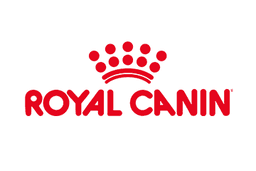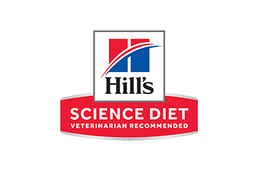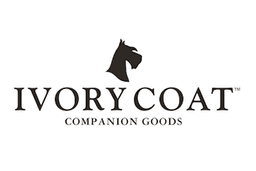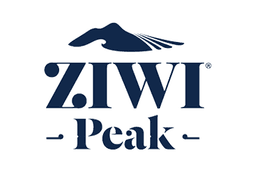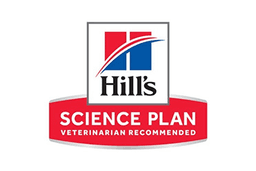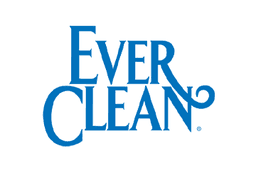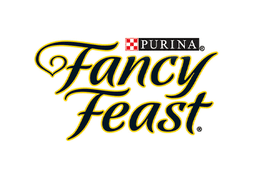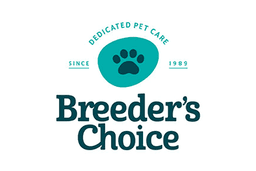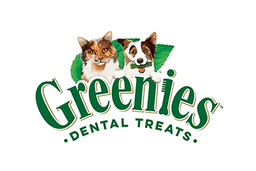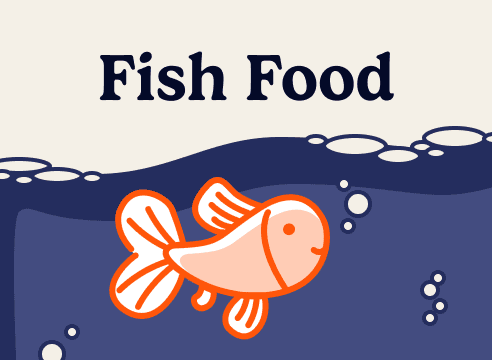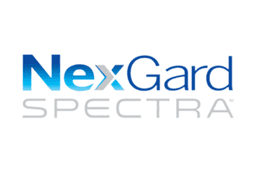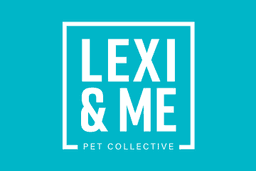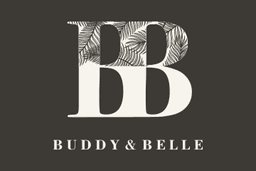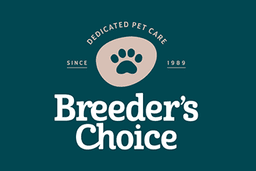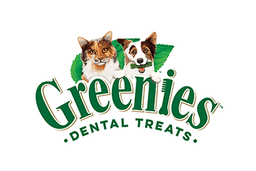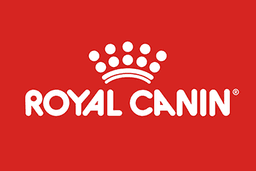Is premium dog food worth the extra money it costs, or is it just marketing hype? It’s a fair question, because you will pay more for a premium product, and you might wonder if your dog will get enough of a benefit to balance the outlay.
Let's take a look at why premium dog food might be worth the money, and a few tips for feeding your pet.
What sets premium dog food apart
Premium dog food – wet and dry – is a product that is made of high-grade ingredients. It is a complete, balanced food that has all the essential nutrients required for your dog’s health, and doesn’t contain any fillers.
In comparison, a non-premium dog food may have a lower percentage of animal protein, and the meat product may be made up of scraps and by-products. It may also contain more fillers than its premium counterpart.
It will be much less expensive, and makes up the bulk of the products supermarkets stock. If you choose a non-premium product, you might find you need to feed your dog more because it has a lower nutritional value. This means you could also face picking up a lot more waste from the other end!
Types of premium dog food
Premium dog food comes in a number of formulations, depending on the age and health of your pet and your preferences. While the shelves full of bags and tins of food can be quite confusing at first glance, a close look will show you the breakdown of types.
- Breed specific. These foods have been developed to cater for particular requirements of different breeds. For instance, Labradors are known to be gluttons, usually inhaling their food. A Labrador specific dry food has a larger kibble, which encourages the dog to chew more and slows the rate of consumption.
- Natural/holistic. These foods are made from a range of all natural ingredients – meat, fruits and vegetables. Typically, they have no artificial colours or flavours.
- Grain free. Barley, rice, corn, oats, quinoa, and rice can often be found in dog food. Grain-free varieties won’t have any of these, and are gaining traction with dog owners.
- Puppy. Puppy foods are formulated for growth, and usually have a higher calorie count per serving to cater to the activity levels of a growing puppy. The kibble size of the dry food is smaller, and they’re available for specific breed types as well.
- Mature. Food for mature dogs caters for changing nutritional needs as a dog ages. Mature dogs – from seven years for most breeds and five for giant breeds – become less active and may require additional vitamins and minerals.
- Special needs. Dogs with allergies, dental issues or other specific dietary needs such as high levels of activity are catered for with a range of specially formulated foods.
Tips for feeding your dog
1. We food or dry?There are wet and dry options in premium dog food. It's a good idea to make dry food the main part of your dog's diet. Dry food encourages chewing, and assists in maintaining dental health. Try making dry food at least 80% of the meal, with some wet mixed in – your dog will enjoy the different textures.
2. Keep it consistentWhatever you plan to feed your dog, it’s important to maintain consistency. Dogs’ digestive systems can be quite temperamental, so chopping and changing may lead to upsets. They may act fussy sometimes, but remember, your dog will eat when it’s hungry. It’s go important not to get pulled into thinking that you need to keep offering a huge variety of meals all the time.
3. Foods to avoidThere are also some human foods that should be avoided, including:
- Cooked bones
- Onions
- Grapes and sultanas
- Avocado
- Chocolate
- Barbecued and cured meats
So which food to choose?
For those with a limited budget, supermarket brands are an attractive option, and the reality is that most dogs will do just fine on them. However, it's also worth doing the sums.
You might have to feed more with supermarket brands, due to the lower nutritional value. So premium dog food could end up being more affordable than you think over the longer term, and boost your dog's wellbeing at the same time.


